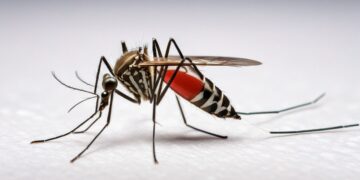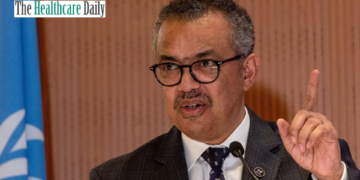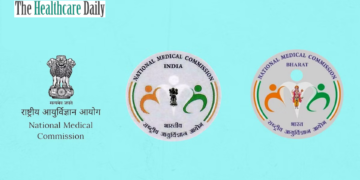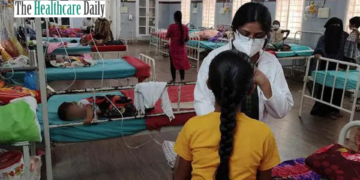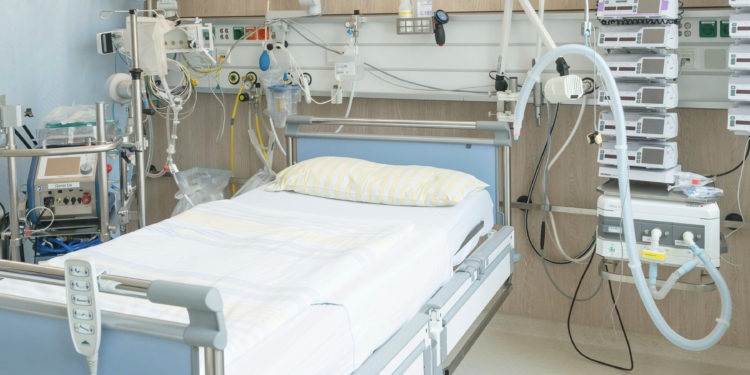THD NewsDesk, New Delhi: With the rising second wave of the Pandemic, India’s healthcare system is in a perpetual state of decline and is proving inefficient with each passing day. Most of the states are grappling with the shortage of ventilators and the question arises why isn’t the country better prepared for it being in the second year of the deadly pandemic?
Last year in March, the government set up a meeting with the big manufacturing giants to ramp up the production of ventilators to be better prepared for the surge in cases. By end March, the Association of Indian Medical Device Industry (AiMeD) had reached out to seven of its 10 ventilator manufacturing members, who had confirmed that the total production capacity at that time was between 5,500 and 5,750 units per month. Rajiv Nath, forum coordinator, AiMeD, had said in a press note that the aim was to produce 50,000 ventilators per month by May.
The central government stepped in to order ventilators in bulk from home-grown manufacturers: By June, Rs 2,000 crore had been allocated for supplying 50,000 ‘Made in India’ ventilators to government-run Covid-19 hospitals across the country through the PM Cares Fund. While 30,000 ventilators were being manufactured by Bharat Electronics Limited (BEL), the remaining 20,000 ventilators were being made by AgVa Healthcare (10,000), AMTZ Basic (5,650), AMTZ High End (4,000) and Allied Medical (350), respectively.
According to Diwakar Vaish, CEO of AgVa Healthcare the Centre did not follow the order of events. He said
“The government had placed a purchase order for 10,000 ventilators from us in April, 2020, we made this number of ventilators in record time and finished manufacturing 10,000 ventilators by May. However, it has been a year since then, and the government is yet to pick up half of this order—5,000 machines that are sitting in AgVa’s warehouses.”
Though according to reports many hospitals have also showed concern regarding the quality of ventilators made by AgVa which apparently are not to be perceived as a replacement for the high high-end ventilators in tertiary care ICUs.
But the same has happened with other companies. Another leading ventilator manufacturer in India is Chennai-based Phoenix Medical Systems. Its managing director Sashi Kumar V told the media this March that even their first orders placed through the Andhra Pradesh Medical Technical Zone had not been fully picked up yet.
He said,
“At our Vishakhapatnam plant, we scaled up capacities for producing 500 ventilators a month, but there are simply no orders. We are trying to dilute our inventory of 1,000 ventilators by trying to sell them in ones and twos to the private health care sector.”
It is important to note here that though the government initially worked to make the medical infrastructure better by ordering in bulk for the ‘Made in India’ ventilators it curtailed the requirement and manufacturers too stopped production.
Nalin Shinghal, chairman and managing director, BHEL, said the firm has “not manufactured any ventilator”; and it does “not have the manufacturing capacity for it”.
According to reports, similarly, the Integral Coach Factory (ICF) said it was still exploring the possibility of collaborating with established ventilator manufacturers.
Indian Railways also tried to get into manufacturing ventilators, and in April 2020, it developed a low-cost ventilator called Jeevan at its Kapurthala Rail Coach Factory (RCF). The ventilator was to cost Rs. 10,000 without the compressor and the RCF had the capacity to make 100 such ventilators per day. But the project could not be implemented due to the unavailability of parts.
Nath, of AiMed commented on the issue of shortage of ventilators saying government should have procured and stockpiled ventilators when the number of Covid-19 cases had gone down, and should have been prepared for the second wave of the pandemic, instead of leaving the stockpiles with the manufacturers and expecting them to bear the cost of the machines.
Vishwaprasad Alva, founder and managing director of Skanray Technologies, however, has a different take on the reports of ventilator shortages. He says,
“A lot of these issues are actually related to the capabilities of India’s health care system. There is a huge mismatch between the number of intensivists [physicians who specialise in the treatment of critically-ill patients], anaesthetists and trained technicians, and the number of ventilators that were made available by manufacturers last year. In many cases, the shortfall of trained manpower and the health care system’s inability to absorb the ventilators is presented as a shortfall or shortcoming of the hardware [ventilators].”
No matter what the takes are and flipping the coin to the other side is not going to help now. Ventilator shortage persists today and that is a fact in the country. Arrangements should be made and better accountability should be taken to tackle the situation. India’s healthcare system and its collapsing state is making billions of people suffer at the cost of their lives and requires an end to it.

